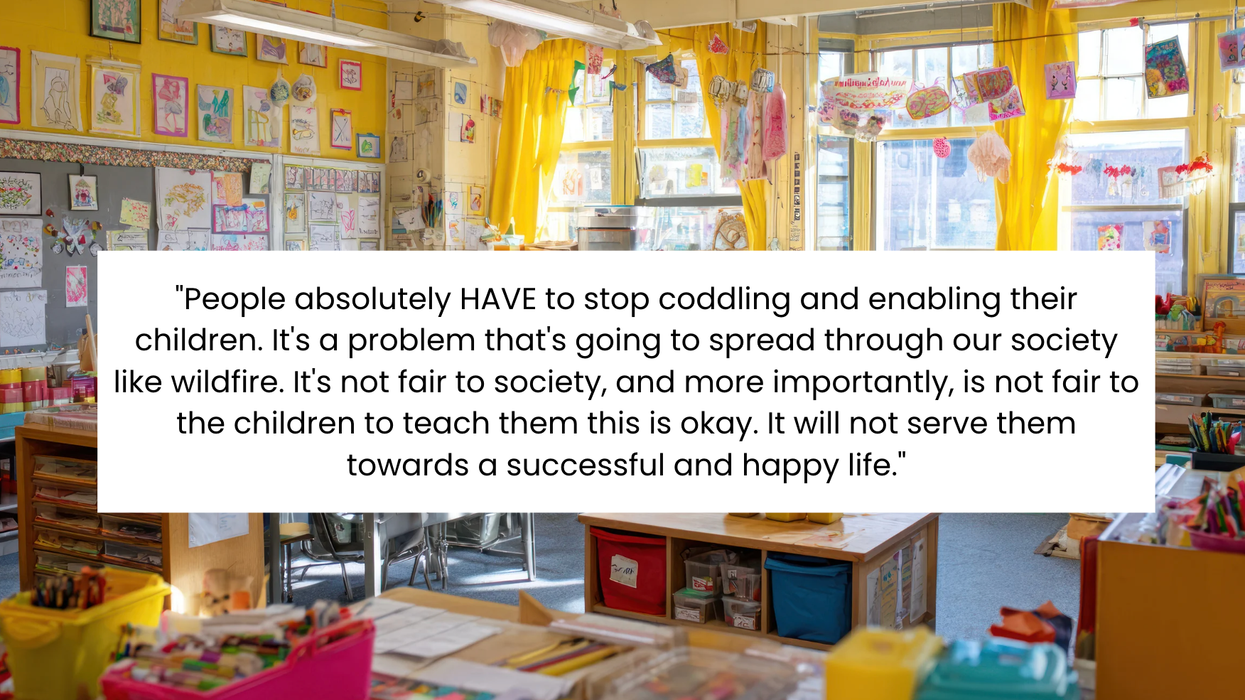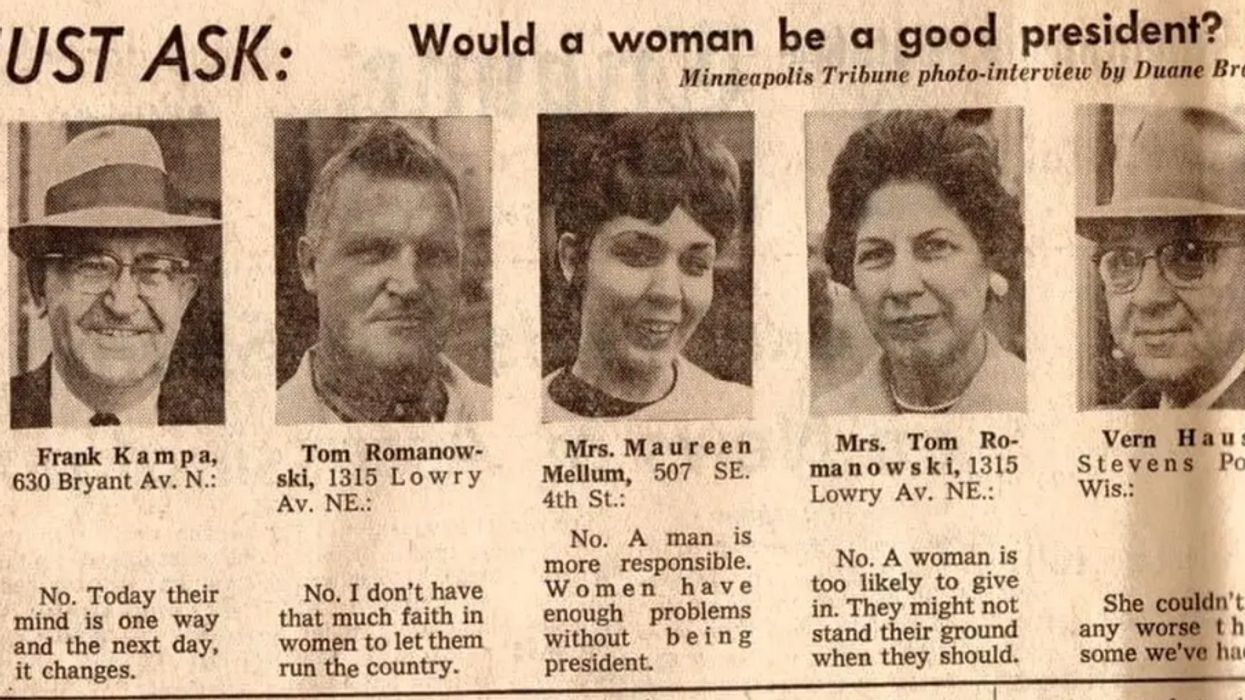A year removed from the widely celebrated U.N. climate meetings in Paris, countries are converging yet again for the 22nd official Conference of the Parties (affectionately called the ‘COP’), and very first official meeting of the Parties to the Paris Agreement. Every year around this time, the U.N. traditionally holds its annual confab, a convention that hasn’t changed with the signing of the Paris Agreement.
And every year, as a new city and a new country plays host, the venue changes. Longtime COP regulars will advise newbies to take a whole day to wander the grounds and become oriented. The surroundings are typically vast, and it takes some time to learn what goes on where, as well as where you’re actually allowed to roam with your badge.
The questions I get most often about the COPs aren’t about the negotiations themselves (which can be tediously slow-moving and convoluted), nor are they about the protests, reports, or speeches that punctuate the two weeks of meetings. Rather they are about what it’s like to be there—in a temporary city of 10,000 plus diplomats, non-profit campaigners, journalists, business folks, and politicians from over 190 nations.
And so, taking great inspiration from Douglas Fischer’s “An Hour in the Life of a UN Climate Confab” 2013 post from Warsaw, Poland, here are some images from the beginning of the second week of the COP22 in Marrakech, Morocco.
If you choose, as I stubbornly did, to walk from the downtown medina—the old, historic part of town—of Marrakech out to the Bab Ighli neighborhood that is hosting the conference, you will see the tent city of the conference center from afar. No less than a dozen temporary tents, each the size of an airplane hanger, stand side by side in order to house all of the meetings and side events.
Near the entrance, the familiar stand of flags from all member nations are planted in front of the United Nations Framework Convention on Climate Change conference. Monday morning of the second week brings a new surge of attendees to the talks, who join the thousands who are already involved.
The “Blue Zone” hosts the formal negotiations and all closely affiliated side events.
The Monday morning rush creates a considerable backup in the accreditation lines. Never show up at a COP on Monday morning of the second week. In the wake of Trump’s shocking electoral victory, the initial fears were that the talks would break down and that countries might start to abandon Paris Agreement itself. Yet, since the election a string of countries here at COP22 have reaffirmed their commitment to the treaty, and “We’re Still In” has become a rallying cry of nations, businesses, and cities and states alike. Australia even ratified the deal after the election. One thing is clear, if the U.S. were to walk away from the Paris Agreement or the UNFCCC, the country would be all alone in doing so, and would be choosing economic and diplomatic isolation.
The main thoroughfare runs about a half a mile down the center of two rows of tents and other structures. From 9 a.m. through sundown, this path is constantly bustling.
A delegate from Ghana tries to make sense of the acronym-laden schedules listed on the monitors.
Some of the temporary tents are decked out. Here’s the main plenary hall—the site of the biggest formal meetings between negotiators.
The plywood and two-by-four framed restaurants, resembling traditional Moroccan adobes, ksour.
One of the little joys of a COP is how you’ll often look up and see someone pretty darn important walking just steps away. Could be Ban Ki-Moon or the head of the World Bank. Or it could be Secretary of State John Kerry.
Climate activists hold protests and actions where the main avenue runs through the restaurants, a particularly well-trafficked spot. The call to limit warming to 1.5 degrees Celcius has long been a pleas for survival to the world’s most vulnerable nations. According to a new UNDP report released this week, actions to stay below 1.5 degrees are also the best way to keep the global economy afloat.
Not far away, others recharge under a solar tree.
Amy Goodman and the Democracy Now! team set up to record an interview. You won’t find any better, more comprehensive coverage of everything going on at one of these COPs, making it easy to follow along from home.
Every now and again, I turn a corner and am reminded that this whole temporary town is built on the edge of vast, arid plains.
Perhaps the most critical fixture of the entire COP grounds: the coffee cart.
Many nations set up “pavilions” to host events, and—if we’re being honest—try to paint themselves as real climate champions. For the duration of the Obama administration, the U.S. pavilion has been the flashiest of all. (Though in recent years, China has stepped it up and built some mighty impressive pavilions too.)
It would be safe to assume that the next administration will likely cut the State Department’s pavilion budget.
Adjacent to the official negotiations is the “Green Zone,” which is said to be the official gathering space for civil society, but in practice, winds up being dominated by sustainable tech businesses and others who hope to profit from a carbon-constrained world. (To be fair, there are still plenty of useful displays and events put on by nonprofits in the space—but they are much smaller and less striking than those of the companies’.)
The Green Zone is open to the public—no accreditation necessary—and draws in a lot of local Moroccans eager to check out the latest in clean-tech, like virtual reality goggles, for some reason.
A troupe of Berber dancers—one of a few groups, each uniquely and colorfully adorned—serenade the delegates leaving the COP, a very pleasant reminder that we’re actually all gathered in a city tremendously rich with culture, not merely a temporary strip of plain, modular tents.
















 Otis knew before they did.
Otis knew before they did.